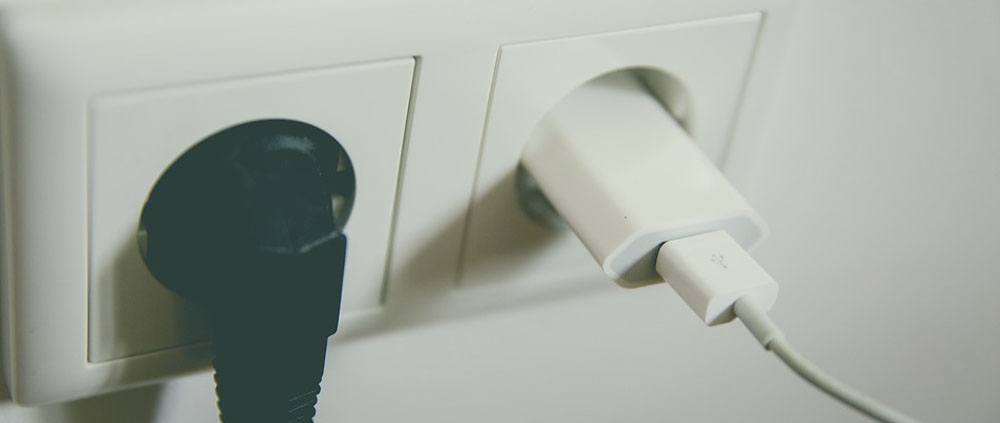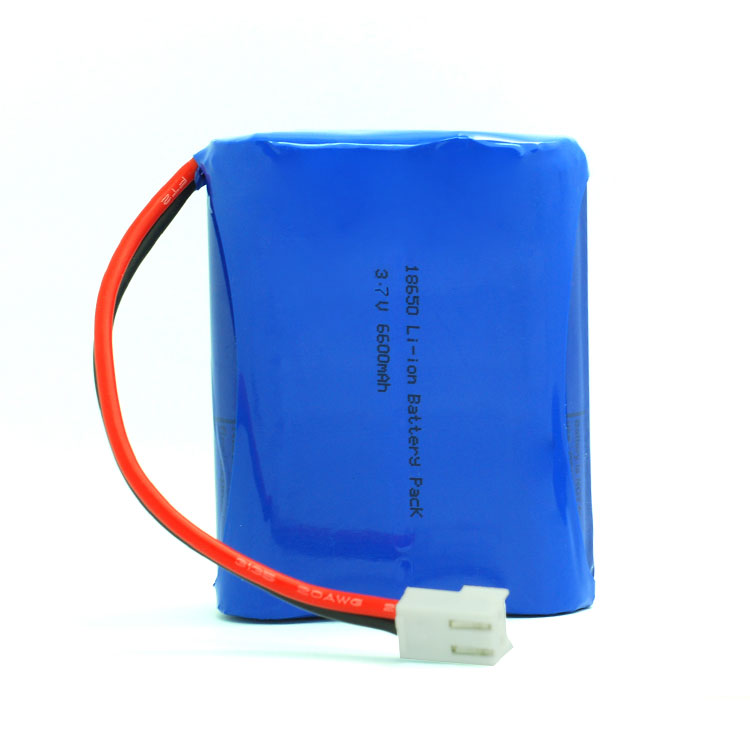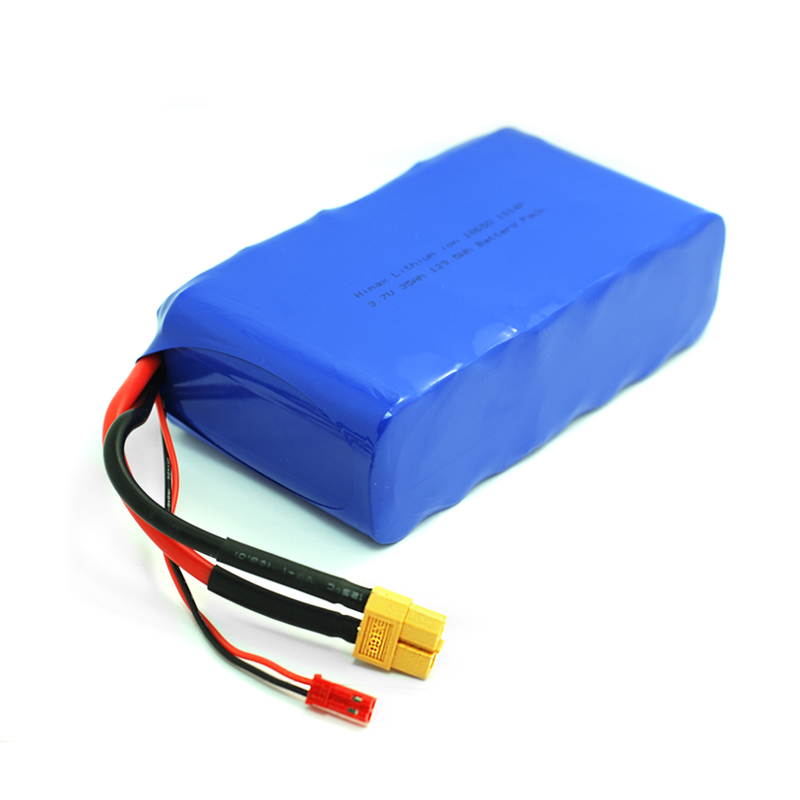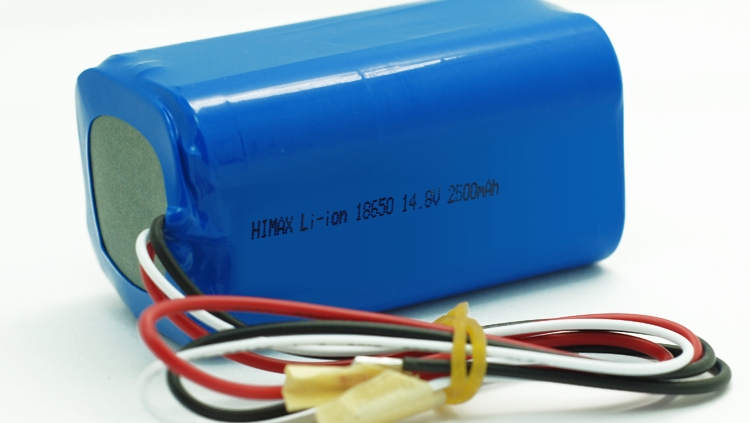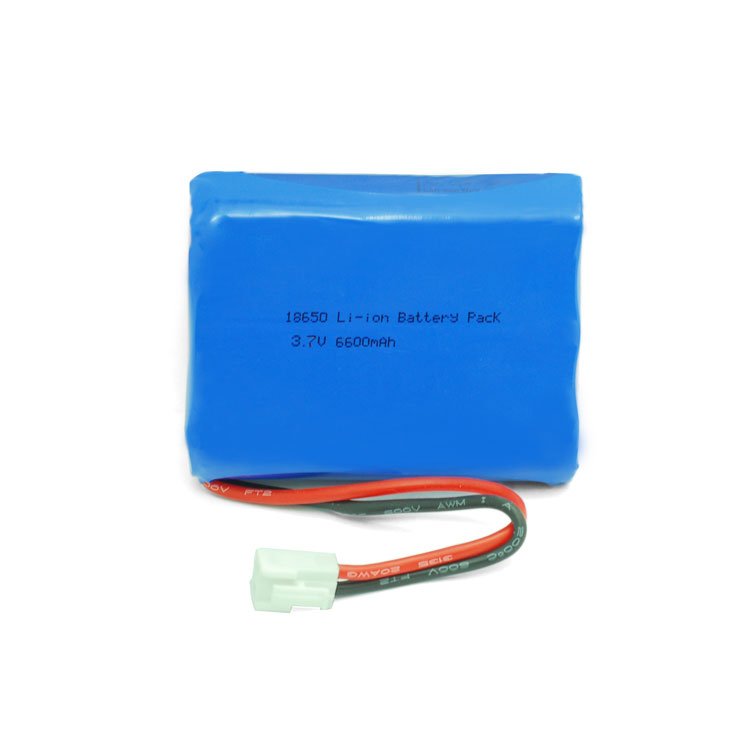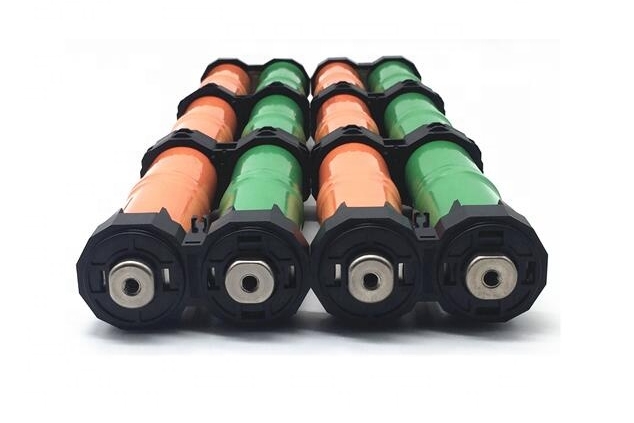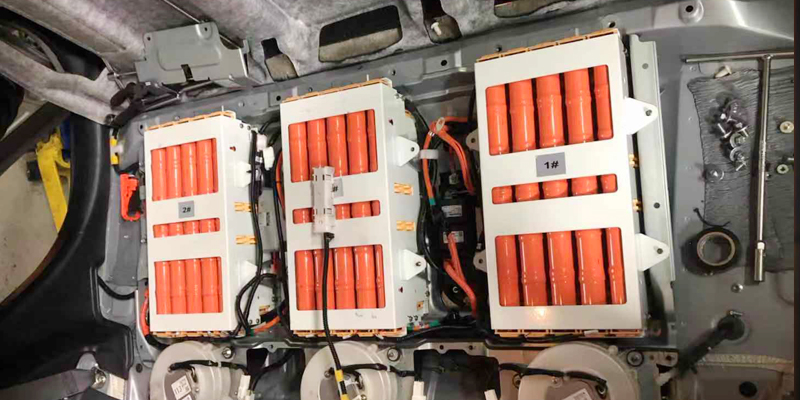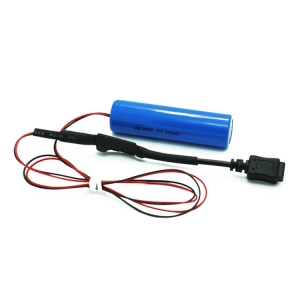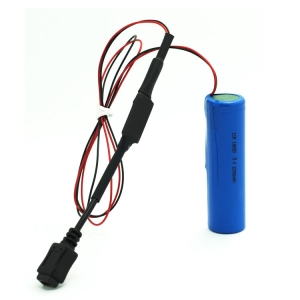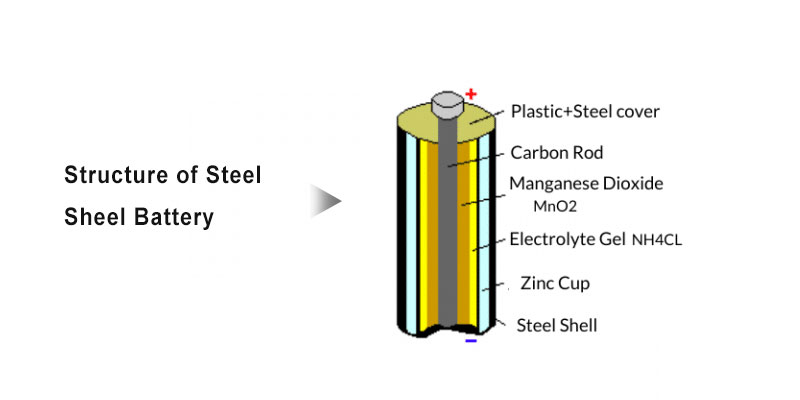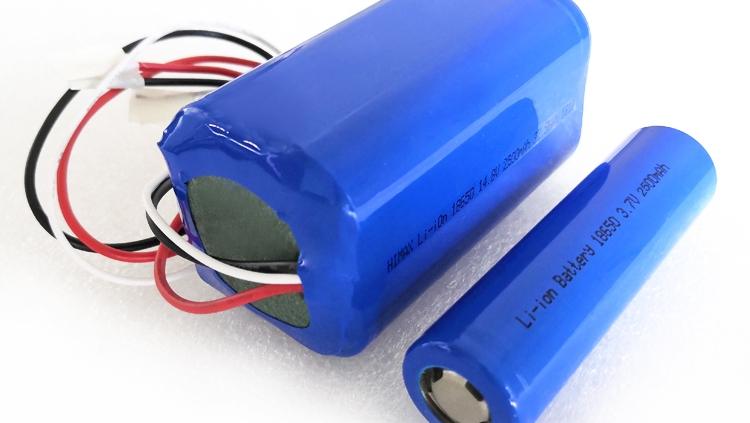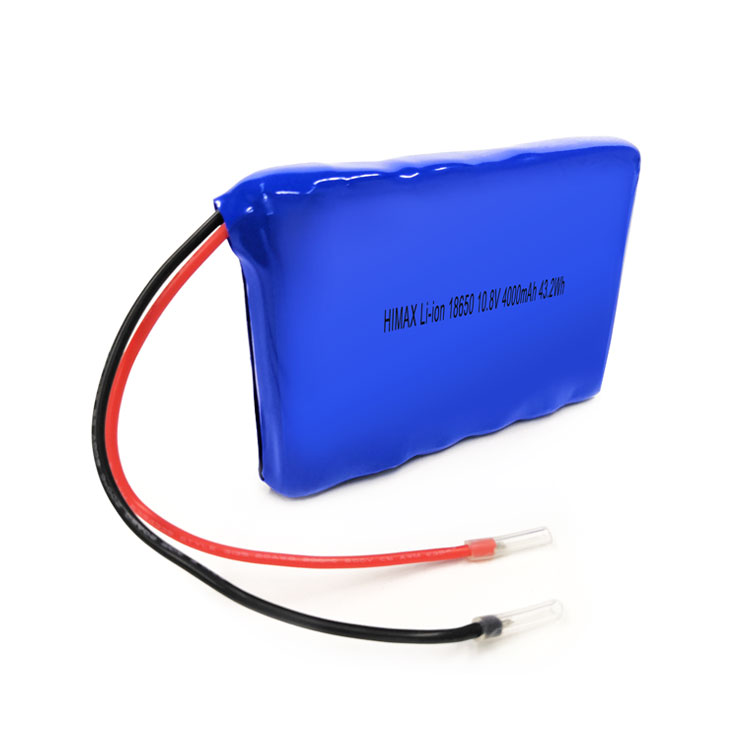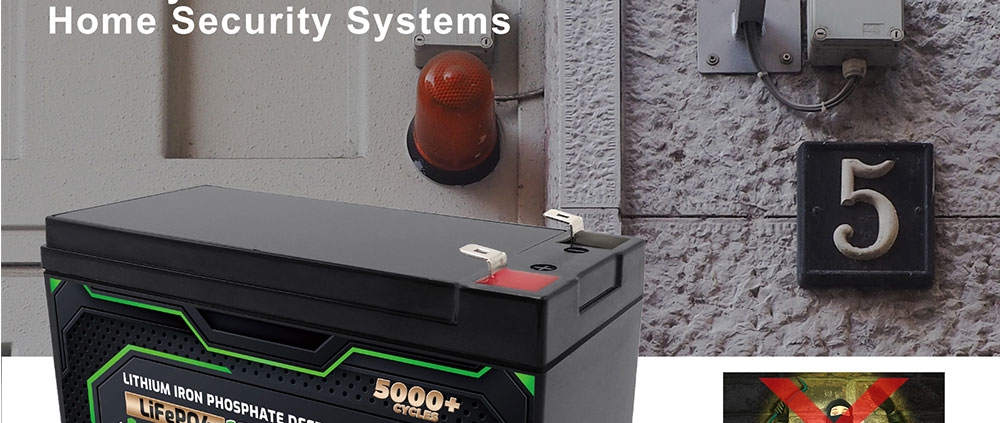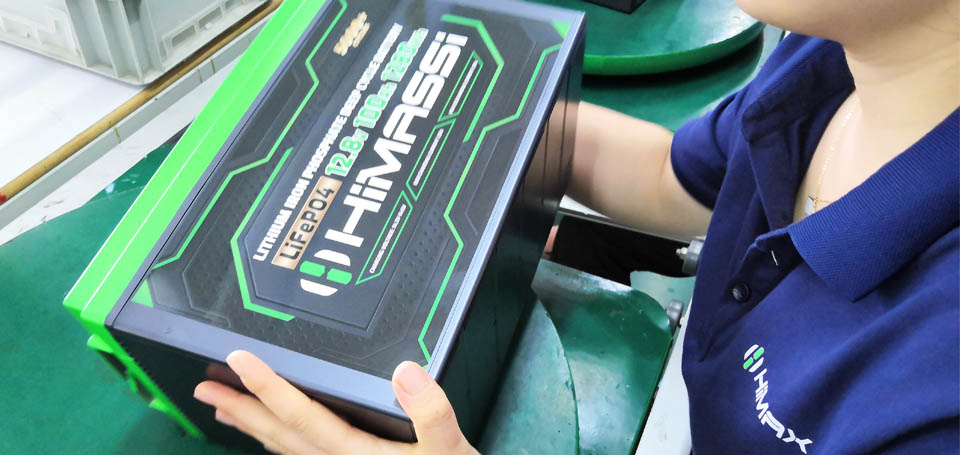Keywords: li ion customized battery packs, battery longevity, battery care, charging, storage
Summary:
This article provides valuable insights into enhancing the lifespan of li ion customized battery packs. Covering key factors like charging, storage conditions, and proper maintenance, it equips readers with the knowledge to ensure maximum performance and longevity of their batteries.
Body:
Li ion customized battery packs have become an integral part of our daily lives, powering everything from smartphones to electric vehicles. However, ensuring their longevity can be a challenge. Here’s a guide to increasing the lifespan of li ion customized battery packs.
1.Proper Charging:
- Charging the battery to full capacity and draining it completely can shorten its lifespan. It’s recommended to charge the battery when it reaches about 40-80% discharge level to minimize damage to the battery.
- Using a high-quality charger that adheres to battery manufacturer’s recommended charging parameters is essential for maintaining battery health.
- Avoid charging or discharging the battery at high temperatures as this can damage the battery’s internal structure, leading to premature aging.
2.Storage Conditions:
- When not in use, li ion customized battery packs should be stored in a cool, dry place. Extreme temperatures can affect battery performance and longevity.
- It’s best to store the battery at about 50% charge level to prevent damage caused by deep discharging or overcharging.
- Regularly charging and discharging the battery even when not in use helps maintain battery health.
3.Proper Maintenance:
- Regularly cleaning the battery contacts with a lint-free cloth can help prevent corrosion and ensure efficient charging and discharging.
- Inspecting for cracks, tears, or other damage on the battery casing and ensuring it’s securely fastened can prevent leaks and failures.
- It’s essential to use only recommended chargers and not to attempt repairs or modifications on the battery as this can lead to damage or malfunction.
By following these guidelines, you can ensure that your lithium-ion batteries perform at their best for longer, extending their lifespan and providing reliable power throughout their service life. Remember, proper care and maintenance are key to achieving maximum performance from your lithium-ion batteries.
If you have any question, please feel free to contact us:
- Name: Dawn Zeng (Director)
- E-mail address: sales@himaxelectronics.com

